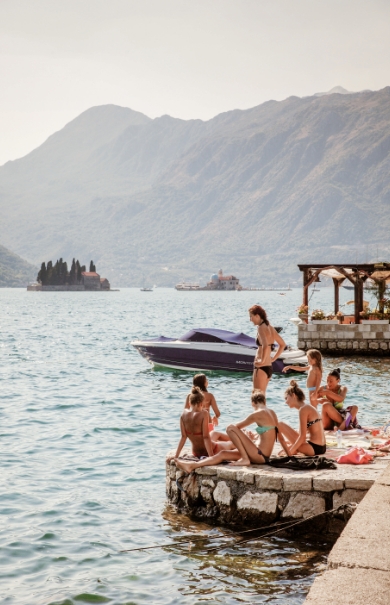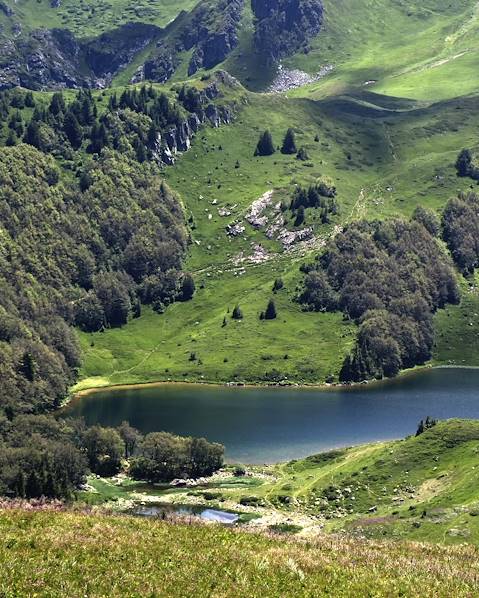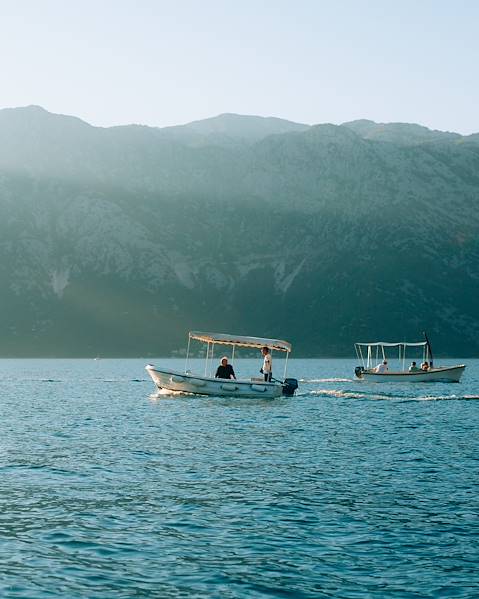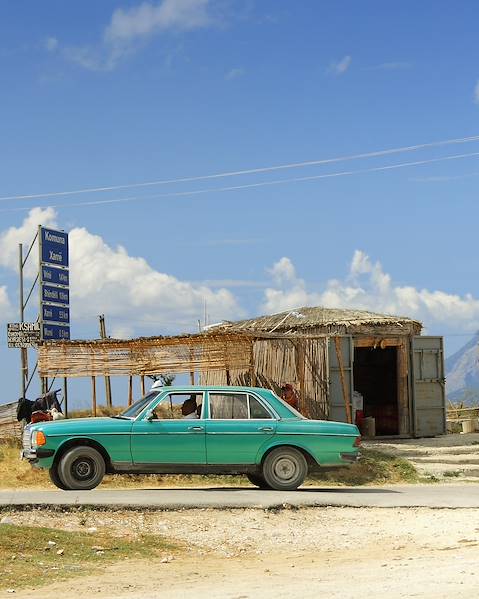Montenegro may be small in size, but it’s packed to the brim with breath-taking beaches, soaring mountains and charming old towns. Whether you’re after sun-soaked beach days along its golden coastline or hair-raising adventure activities in the Dinaric Alps, here are some things to know before travelling to Montenegro…
Climate & Weather in Montenegro
Despite its pocket-sized proportions, Montenegro’s climate varies from region to region and is largely dependent on altitude. Along the coast, the climate is Mediterranean, with dry, warm summers and colder winters. Temperatures reach up to 30°C during the summer months and drop to between 4 and 11°C in winter. Heavy rainfall occurs in coastal region between September and April. Inland, the climate is sub-Alpine and winters are much colder, particularly in higher altitude areas, such as the Dinaric Alps. Montenegro’s capital, Podgorica, is renowned for being one of Europe’s wettest cities and rainfall can occur even during the drier summer months. The best time to visit Montenegro is generally between April and September.
Currency in Montenegro
The official currency of Montenegro is the Euro. Credit cards are widely accepted throughout the country and bringing an international card (with no transaction fee) is recommended. Tipping is not mandatory in Montenegro but is appreciated by staff in the service industry and tipping between 10 and 20% is standard if you’re satisfied with the service received.
Food & Drink in Montenegro
Montenegrin cuisine is a fusion of Mediterranean and central European flavours, with mutton, lamb, pork, beef and poultry forming the basis of many dishes. The country’s national dish is Cevapcici (minced meat rolls, traditionally made from lamb) and some other traditional delicacies include Njeguši prosciutto (renowned for its rich flavour), Brav u Mlijeku (braised lamb in milk) and Kacamak with kajmak (Balkan porridge, made from cornmeal potatoes and cheese). Popular desserts include baklava, ravanija (semolina cake) and krempita (cream pie).
In terms of drinks, Montenegro is famous for its wine, as well as rakija, a very strong brandy that is normally served neat. The most common variety is šljivovica, which is plum-flavoured. While the tap water is considered okay to drink in some areas of Montenegro, it’s advised to stick to bottled or purified water to be on the safe side. Bringing a filtered water bottle is a good idea to avoid plastic bottle waste.
Transport in Montenegro
As a coastal country, travelling around by boat or ferry is a scenic and affordable mode of transport, with harbours located at various exploration points. For travelling between cities, taking a bus is a good option and there are lines connecting all the major cities and towns, while trains also operate between Podgorica, Niksic, Tuzi, Bijelo Polje and Bar. With over 3,000 miles of road, hiring a car can be helpful if wanting to explore a lot of the country, and road-tripping is a great way to see everything that Montenegro has to offer. Taxis are another easy and safe way to get around cities, although be sure to use registered companies and avoid unlicensed street taxis. Uber also operates in Montenegro.
Language in Montenegro
Montenegrin has been the official language in Montenegro since 2007, while Serbian, Bosnian, Albanian and Croatian are also in official use. English is not widely spoken by the population, however you will find locals who speak English in the main tourist areas. It’s a good idea to learn some basic phrases before travelling to Montenegro.
Etiquette in Montenegro
In general, Montenegrins have a very relaxed attitude towards life, exemplified by the fact that time keeping is not always highly valued and timings for activities or meetings are often flexible. Handshakes are considered standard when greeting someone in Montenegro.
Health & Safety in Montenegro
While Montenegro is generally a safe country to travel in, petty crime does sometimes occur and it’s important to take precautions to protect yourself and your belongings as you would in any city or tourist area. Don’t leave valuables unattended, watch out for pick pockets in public areas and be sure to have travel insurance for your belongings. Always keep your passport, air ticket and other valuable items in a safe place. Report any incidents of crime to the local police and get a police report.
Must-sees in Montenegro
- Kotor Old Town & Bay of Kotor: Kotor's Old Town is one of the best-preserved medieval towns along the Adriatic Coast and sits at the edge of the vibrant azure Bay of Kotor, surrounded by dramatic, rugged mountains.
- Lipa Cave: Lipa Cave is one of the largest caves in Montenegro, located a few miles from the village of Cetinje. Take a guided tour through the passages and great halls carved by its underground river over thousands of years.
- Blue Grotto: only accessible by boat, the Blue Grotto is named for its bright blue water and is a great snorkelling and diving spot.
- Sveti Stefan: this 15th-century village is blessed with pink pebble beaches and is the perfect place to indulge in fresh seafood and Montenegrin wine, while watching the sun set beneath the horizon.
- Tara Canyon: as the second-deepest canyon in the world, there are plenty of adrenaline-inducing activities on offer here, such as white-water rafting and cliff jumping.
Things to Bring to Montenegro
If you’re travelling to Montenegro during the summer, some essentials to bring include swimwear, suncream and a sunhat. Mosquito repellent is also advised and packing layers is a good idea for cooler evenings. Since it can be a lot colder during the winter, a warm jacket and raincoat is a must if you’re travelling during this season. Good walking shoes are essential for exploring both the cities and mountainous areas.
















